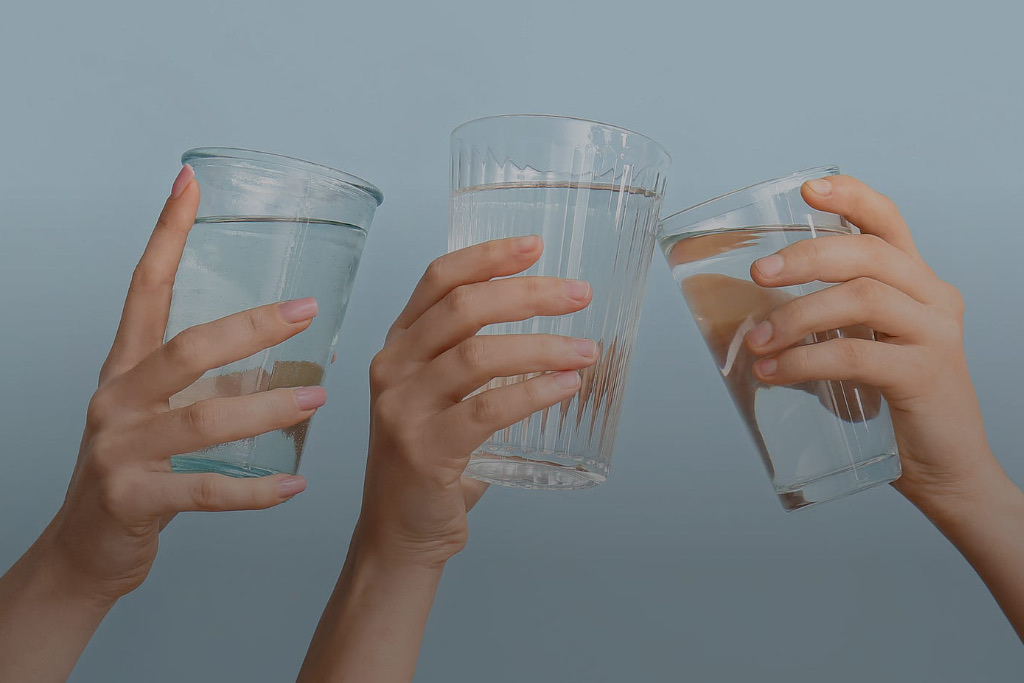Water is often referred to as the elixir of life, and for a good reason. It’s the most fundamental resource for human survival, and access to clean and safe drinking water is a basic human right. However, many parts of the world still struggle to provide their populations with clean water. In this article, we will explore the significance of purifying drinking water and the critical role it plays in human health, environmental sustainability, and overall well-being.
1. The Global Water Crisis
Before delving into the importance of water purification, it’s crucial to acknowledge the global water crisis. Despite Earth’s abundance of water, less than 1% of it is readily available as freshwater for human use. The rest is either salty ocean water or locked in ice caps and glaciers. This scarcity, combined with increasing pollution and climate change, has made access to clean drinking water a global challenge.
2. The Health Imperative
A. Preventing Waterborne Diseases
One of the most compelling reasons to purify drinking water is the prevention of waterborne diseases. Contaminated water is a breeding ground for pathogens such as bacteria, viruses, and parasites. Drinking untreated water can lead to illnesses like cholera, dysentery, typhoid, and hepatitis, which can be debilitating and even fatal, particularly among vulnerable populations like children and the elderly.
B. Reducing Infant Mortality
Access to clean water and sanitation facilities is closely linked to reducing infant mortality rates. Infants and young children are especially susceptible to waterborne diseases. Ensuring they have safe drinking water is essential for their growth and development.
C. Enhancing Overall Public Health
Purifying drinking water also contributes to overall public health. By reducing the incidence of waterborne diseases, communities can allocate fewer resources to treating illnesses, freeing up resources for other healthcare needs. This, in turn, improves the overall well-being of communities.
3. Environmental Conservation
A. Protecting Ecosystems
Purifying drinking water doesn’t just benefit humans; it also safeguards ecosystems. When untreated sewage and industrial effluents enter natural water bodies, they disrupt the delicate balance of aquatic ecosystems. By purifying water, we can mitigate these harmful effects and protect the diversity of life in rivers, lakes, and oceans.
B. Preserving Biodiversity
Clean water is essential for the preservation of aquatic biodiversity. Many species of fish, amphibians, and insects depend on clean water for their survival. Pollution and habitat degradation caused by contaminated water threaten these species and can disrupt entire ecosystems.
4. Economic Benefits
A. Increased Productivity
Access to clean water contributes to economic development by increasing productivity. In regions where people spend hours each day collecting water from distant and often contaminated sources, time and energy can be redirected toward more economically productive activities.
B. Healthcare Cost Savings
Investing in water purification systems reduces the burden on healthcare systems. Treating waterborne diseases is expensive and diverts resources from other healthcare needs. Purifying drinking water prevents these diseases, resulting in significant cost savings.
C. Agricultural Advancements
Agriculture is heavily dependent on water. Purified water is crucial for irrigation, ensuring healthy crop growth and increased agricultural yields. Farmers can also use clean water for livestock, improving the health and productivity of their animals.
5. Sustainable Development Goals
Access to clean water and sanitation is recognized as one of the United Nations Sustainable Development Goals (SDGs). Achieving this goal has far-reaching positive impacts, from poverty reduction to gender equality, as women and girls often bear the responsibility of water collection in many communities.
6. Water Purification Methods
To ensure safe and clean drinking water, various water purification methods are employed globally:
A. Filtration
Physical filtration methods, such as sand, carbon, and ceramic filters, remove impurities and contaminants from water. These filters are cost-effective and relatively easy to use in both domestic and industrial settings.
B. Chemical Treatment
Chemical treatments, including chlorination and the use of ozone, can kill or inactivate microorganisms present in water. These methods are commonly used in municipal water treatment plants.
C. UV Disinfection
Ultraviolet (UV) light is used to disinfect water by disrupting the DNA of microorganisms, rendering them unable to reproduce. UV purification is effective against a wide range of pathogens and is environmentally friendly.
D. Reverse Osmosis
Reverse osmosis systems use a semipermeable membrane to remove contaminants from water. This method is effective at removing salts, heavy metals, and other impurities.
E. Boiling
Boiling water is a simple and effective way to kill most pathogens. It’s a common method of water purification in areas without access to advanced treatment systems.
7. Conclusion
The importance of purifying drinking water cannot be overstated. It is a cornerstone of public health, environmental sustainability, and economic development. Access to clean water is a basic human right that should be accessible to all, regardless of geographic location or socioeconomic status. As we face increasing challenges related to water scarcity, pollution, and climate change, it becomes even more imperative to prioritize the purification of drinking water to secure a healthier and more sustainable future for all.

